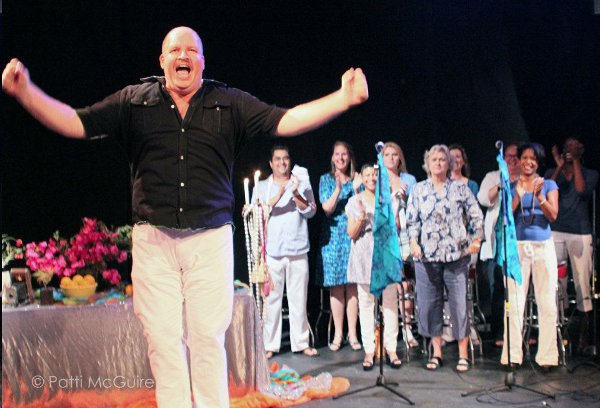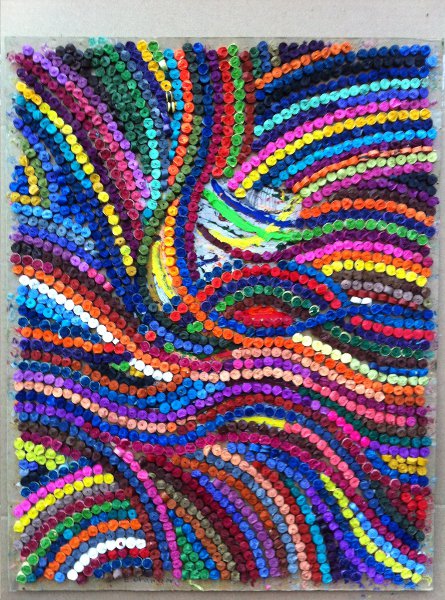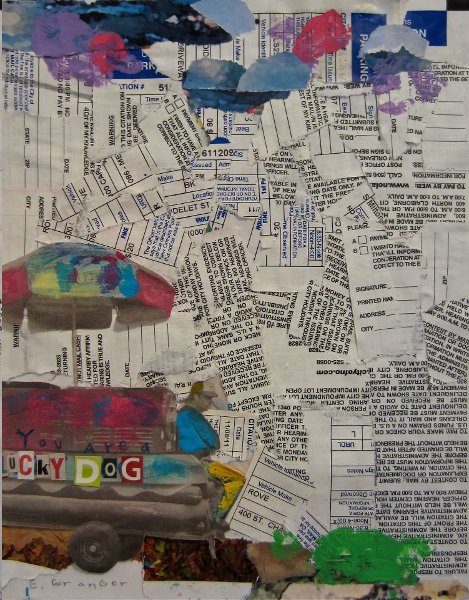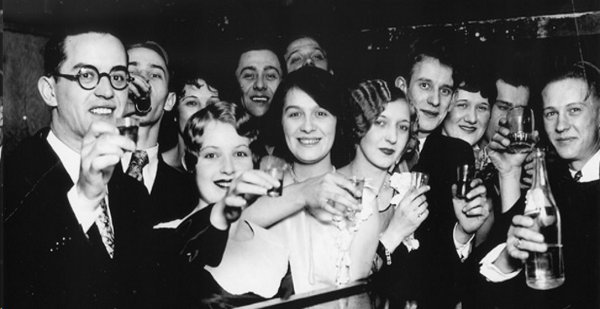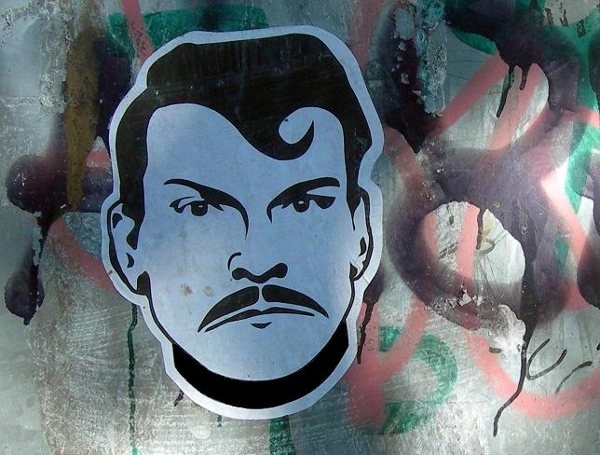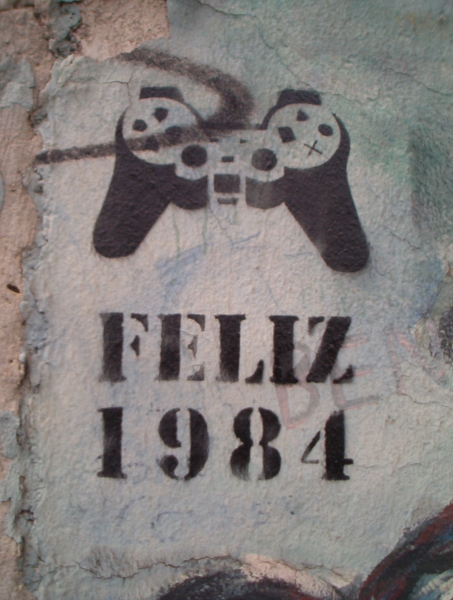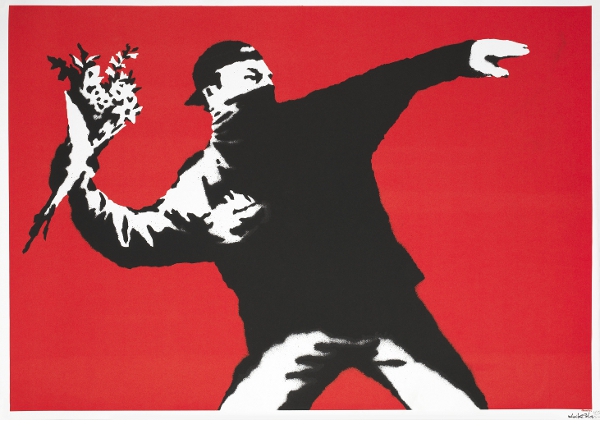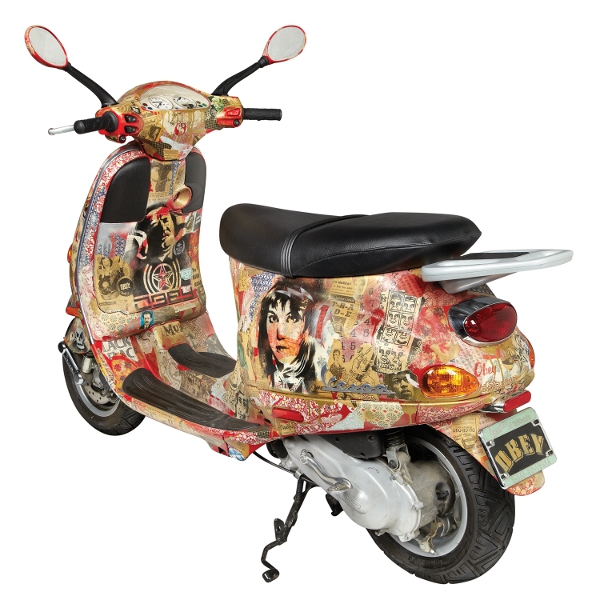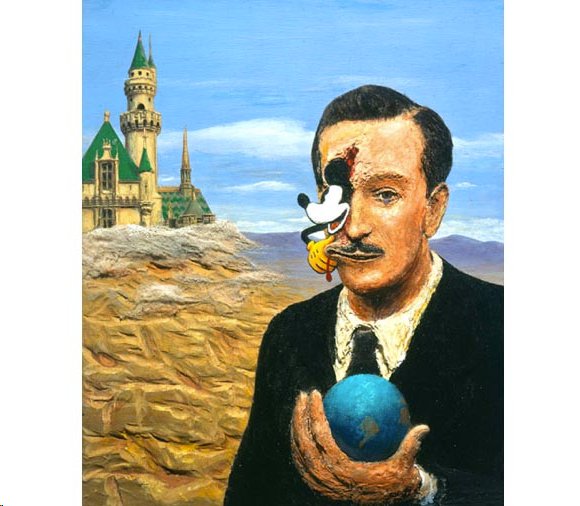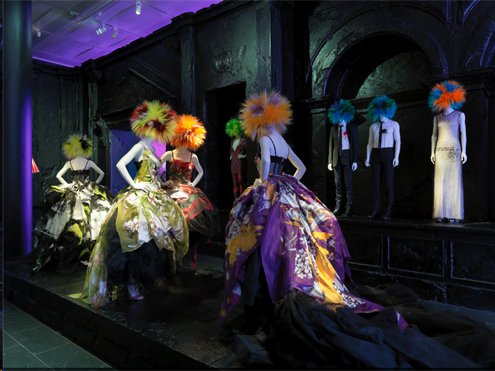In her 1977 essay "On Photography," Susan Sontag alleges that "photographic images do not seem to be statements about the world so much as pieces of it, miniatures of reality that anyone can make or acquire." She believed that because photographs could be preserved and/or reproduced with such generous variance—in albums, books, frames, newspapers, magazines—people would come to possess a "chronic voyeuristic relation" to the world. For Sontag, the advent of photography brought with it the democratization and “voyeurization” of human experience by means of the photographic image. No matter how mighty, forgotten, gorgeous, or gruesome, events and their actors would henceforth always be leveled and compressed for the common gaze.
When she wrote that celebrated essay, Sontag could not possibly have known just how prescient her insights into the proliferation of images would become. Now, in 2013, the theoretical assertions she made resonate like a premonition, an anxious tremor decades before the earth would truly shift. If she believed that photographs are not statements about the world but "pieces of it," then the Internet has changed those pieces of the world for good, giving them eternal life in cyberspace where they cannot be torn, misplaced, or abandoned.
But this invulnerability comes at a price: There are so many reproduced photographs, and they are all so accessible, that they suffer from their own kind of inflation. Their emotional currency, their power to move and even to persuade us of their veracity diminishes. Perhaps tellingly, we rarely even refer to them as "photographs" anymore; now, they are "images," a word that suggests a further degree of remove from the living, breathing world.
Clearly, this photographic inflation is no tragedy for many aspects of society: Shots of celebrities and ephemeral demigods of pop culture are a fine fit on the Web. There is no depth or gravitas to those images to begin with, so nothing is in danger of being lost. But what about the kind of photojournalism that should really matter? How has the Internet changed the way we are affected by images of war, carnage, and death abroad? If the Internet has further democratized images and the experiences those images capture, then perhaps technology is projecting the illusion that one image is no more meaningful than another because they are each one of millions.
Not long ago, certain photographs taken at the right time and the right place had a hypnotic power so great that they not only captured reality but conjured hyperreality, enhancing the viewers' awareness of events and peoples well beyond what was previously possible. Take AP photojournalist Eddie Adams' 1968 General Nguyen Ngoc Loan Executing a Viet Cong Prisoner in Saigon. At the time the photo was taken, the attitude toward the Vietnam War in the U.S. was already one of disenchantment; this photo caught lightning in a bottle, making Americans downright vitriolic about the perceived barbarities of a costly, controversial war. Adams himself later said that "still photographs are the most powerful weapon in the world."
![]()
Another equally potent example is Dorothea Lange's 1936 photo Migrant Mother. This photo, along with several others Lange took for the San Francisco News and the Resettlement Administration, would prompt the federal government to ship 20,000 pounds of food to the starving migrant camp Lange photographed. Beyond the photo's iconic status and near-occult power to preserve and consolidate scattered, forgotten feelings about the Dust Bowl and the Great Depression, Migrant Mother also directly impacted people's lives and perhaps saved many from starvation. This is what photography was capable of in the 20th century: It could go out and find the human condition under its most extreme circumstances and then hold up those circumstances to the world. By doing this, photojournalists declared, in a way words and speeches never could, that the suffering must come to an end. But now in 2013, photographers and their cameras, outfitted with the same properties and characteristics, the same singular ability to blink at the agonies of the world and capture them forever, have lost their power over people.
The conflict in Syria, the latest and longest revolution to come from the Arab Spring, began in March 2011. As of January 2, at least 60,000 people have died from the conflict, the vast majority of which were civilians. For what is now approaching two years it has been a bloody, messy war, with no definitive front but instead scattershot clashes in Homs, Damascus, Aleppo, and countless other cities. All the while, photojournalists have fearlessly tried to tell the story of Syria—its future, its martyrs, its price of freedom. Journalists are risking their lives in the irrepressible hope that these photos, these images, will make a difference. Some of them truly believe that these photographs can ultimately deliver Syria from the bloodshed, heartbreak, and interminable cycle of death and mourning they are facing every day. But can they?
Unlike the products of language—articles, speeches, interviews—which do not give their audience the gift of sight but only offer sightless account, pictures are indeed "pieces of" the world. They can be the "most powerful weapon" because only photography can transcend the demarcations of human experience and transport the viewer to another consciousness, another realm of existence. This is how Migrant Mother brought provisions to the starving American poor during the Dust Bowl; how pictures of the self-immolating monk seared themselves into the waking dreams of millions of Americans and helped combat religious persecution in Vietnam.
The challenges facing this latest generation of photography, and specifically the war journalism coming out of the hell in Syria, are twofold. First, Americans are besieged by such an enormous glut of journalistic news every day that it becomes difficult to distinguish between what matters and what does not. The sheer breadth of the Internet, even the breadth of one major news outlet like The New York Times, is so sweeping and inclusive that it bludgeons everything into the same compartmentalized, miniaturized form. Online journalism, with photojournalism in tow, suffers from the infinity problem of the Internet. Anything can be created—thoughts, images, breaking news, all published with a click—but nothing can be destroyed. So when photographs of stark, grave importance, photographs that seem capable of being "the most powerful weapons in the world," are published online and in print, they are quickly swallowed up by this Internet fortress. The fortress gives all media eternal life but lets none rise out of the egalitarian circumstances of its birth. Because of this, it is far more difficult for this image to achieve the notoriety and captivating power it so rightly deserves than it was for us to be moved by the ones coming from Vietnam in the 60s or California in the 30s.
![]()
As the dynamic, socially transformative photographs from the 20th century will attest, the destiny of photography was never to democratize pictures and images so that all are equal and thus watered-down; it was to make human experience something to be shared. Isn't this the grand charge of all art and media? Photography could once bind the viewer to the lives of mothers, monks, soldiers, and starving children thousands of miles away. Now it is hard to believe in the living truth of the image. Now we are a country that has experienced so much of the world in fleeting, phantom images—all rushing through that phantom kingdom, the Internet—that it's hard not to take them all for granted.
The next, perhaps more obvious obstacle facing photojournalists in Syria is their struggle to ignore, transcend, or defy the stark differences between life in the throes of civil war and the comparatively halcyon times in America. We cannot deny that although we have endured our share of economic woes, middle-class peril, and political acrimony, we cannot relate to the tragic upheaval in Syria. In some ways the work of photojournalists like Rania Abouzeid for TIME and Narciso Contreras only serve to underscore the chasm between the Eastern and Western worlds. Contreras' photos, in particular, evoke a debilitating awe as we inevitably fall short of apprehending just how painful and relentless this ordeal is for so many Syrian people. But the aim of these photographers and correspondents is to, against all odds, make the rest of the world understand what this wartorn people is going through.
At one point in "On Photography," Sontag remarks that to photograph "means putting oneself into a certain relation to the world that feels like knowledge—and, therefore, power." Even today, appropriating these images of war and ravaged lives, these severe pieces of the world, feels like knowledge. And knowledge always vaguely ushers towards a sense of power. But then we must ask, what purpose does this sort of power serve? If the dissemination of these photographs spreads knowledge, and that knowledge gestures towards power, how is this power used, if at all? Can it feed the hungry, conquer persecution, or save lives, like it once did? The answer is not as obvious today as it was in decades past, if only because this is a more complicated world, where images must compete for attention and lasting impressions are hard to make. But even when nothing else is guaranteed, their stories must be told, and only photography can tell them best.
Author Bio:
Mike Mariani is a contributing writer at Highbrow Magazine.
Photos: Freedom House (Flickr); VOA (Wikipedia Commons).






